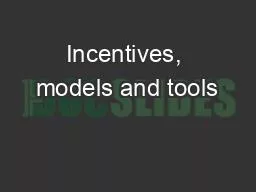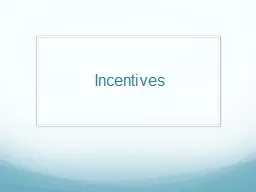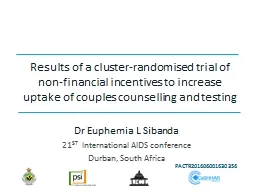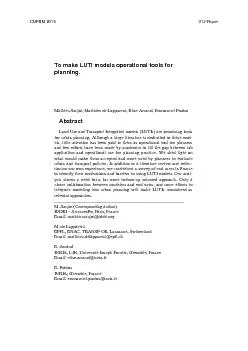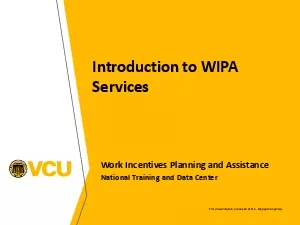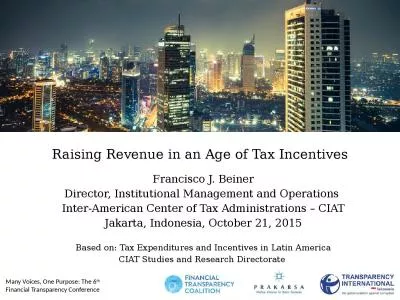PPT-Incentives, models and tools
Author : aquaticle | Published Date : 2020-07-03
Leveraging Innovative Finance for the SDGs 5 MARCH 2019 SESSION IX FINANCING THE SDGs FRAMEWORK Working With The Private Sector on Climate Change Presented by Erik
Presentation Embed Code
Download Presentation
Download Presentation The PPT/PDF document "Incentives, models and tools" is the property of its rightful owner. Permission is granted to download and print the materials on this website for personal, non-commercial use only, and to display it on your personal computer provided you do not modify the materials and that you retain all copyright notices contained in the materials. By downloading content from our website, you accept the terms of this agreement.
Incentives, models and tools: Transcript
Download Rules Of Document
"Incentives, models and tools"The content belongs to its owner. You may download and print it for personal use, without modification, and keep all copyright notices. By downloading, you agree to these terms.
Related Documents

